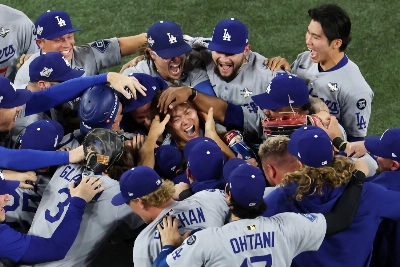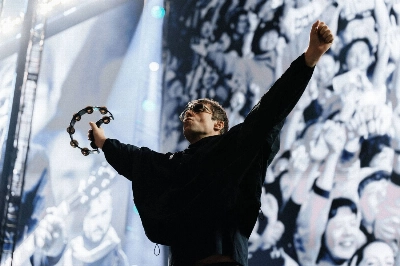JAPANESE ART
Jul 10, 2014
Jul 10, 2014
Jul 3, 2014
Jun 25, 2014
Jun 25, 2014
Jun 25, 2014
Jun 25, 2014
Jun 18, 2014
Jun 18, 2014
Jun 11, 2014
Jun 11, 2014
Jun 4, 2014
Jun 4, 2014
Jun 4, 2014
Jun 4, 2014
Jun 4, 2014
May 28, 2014
































